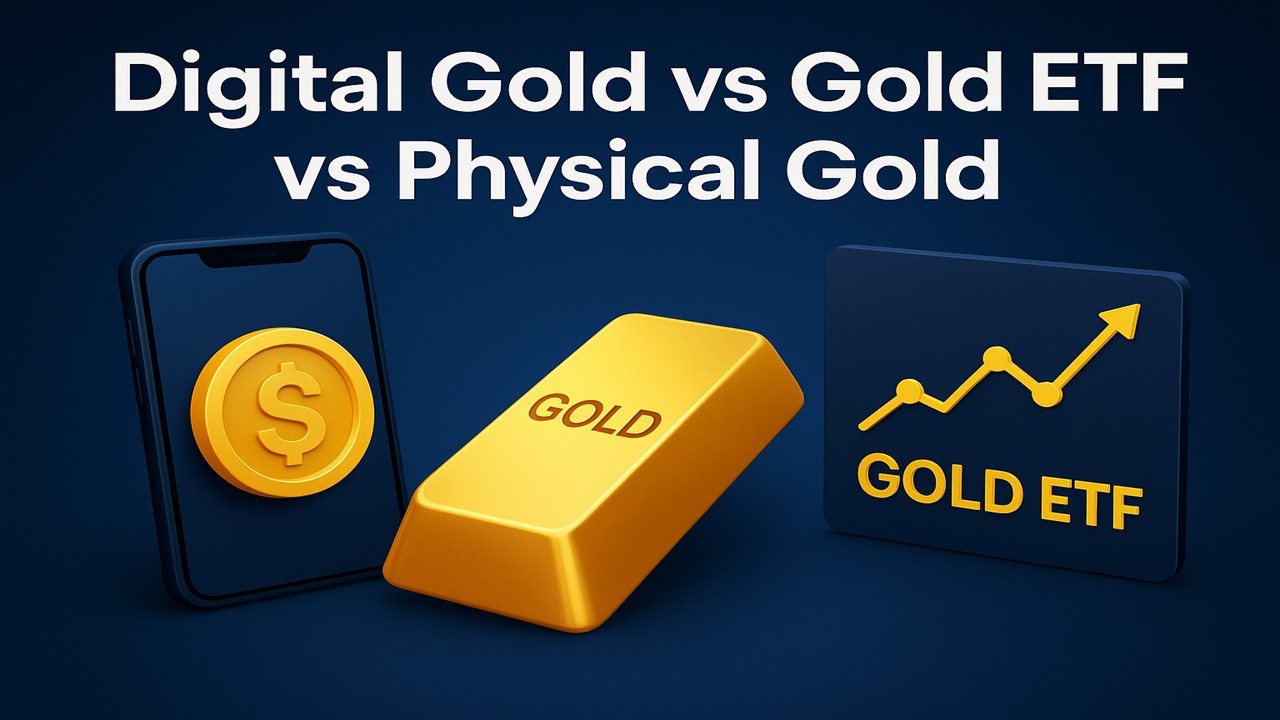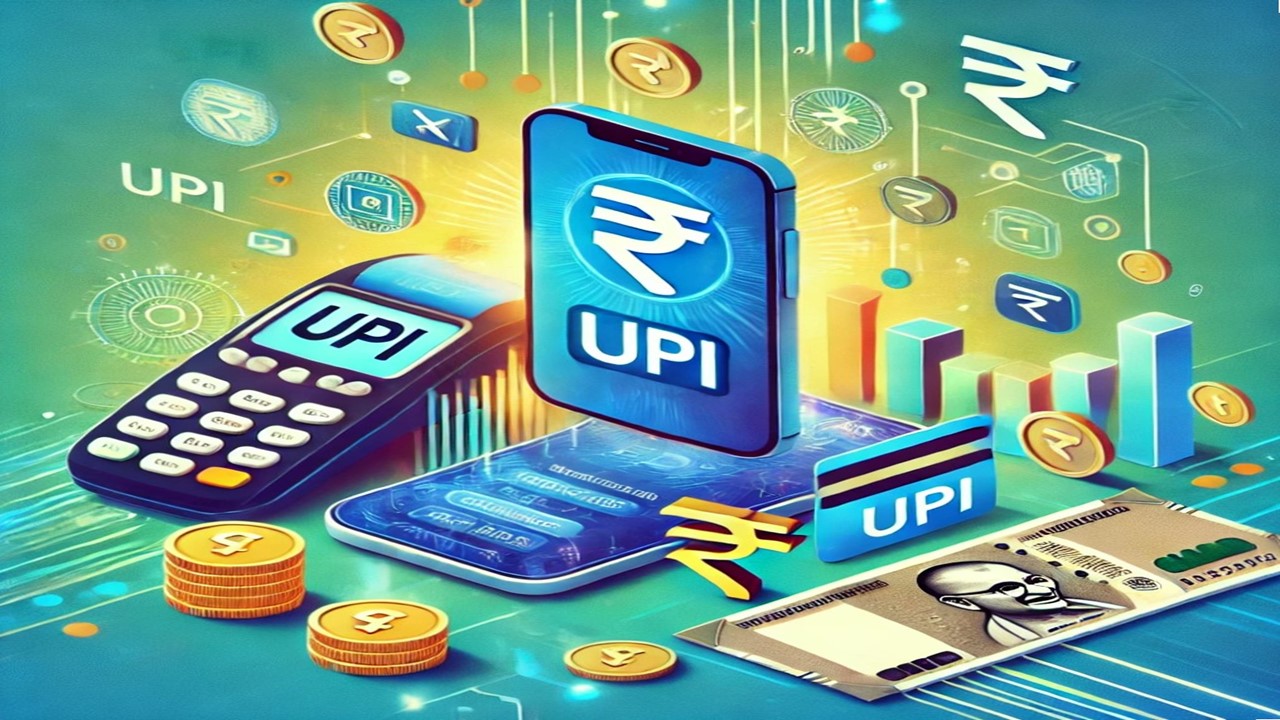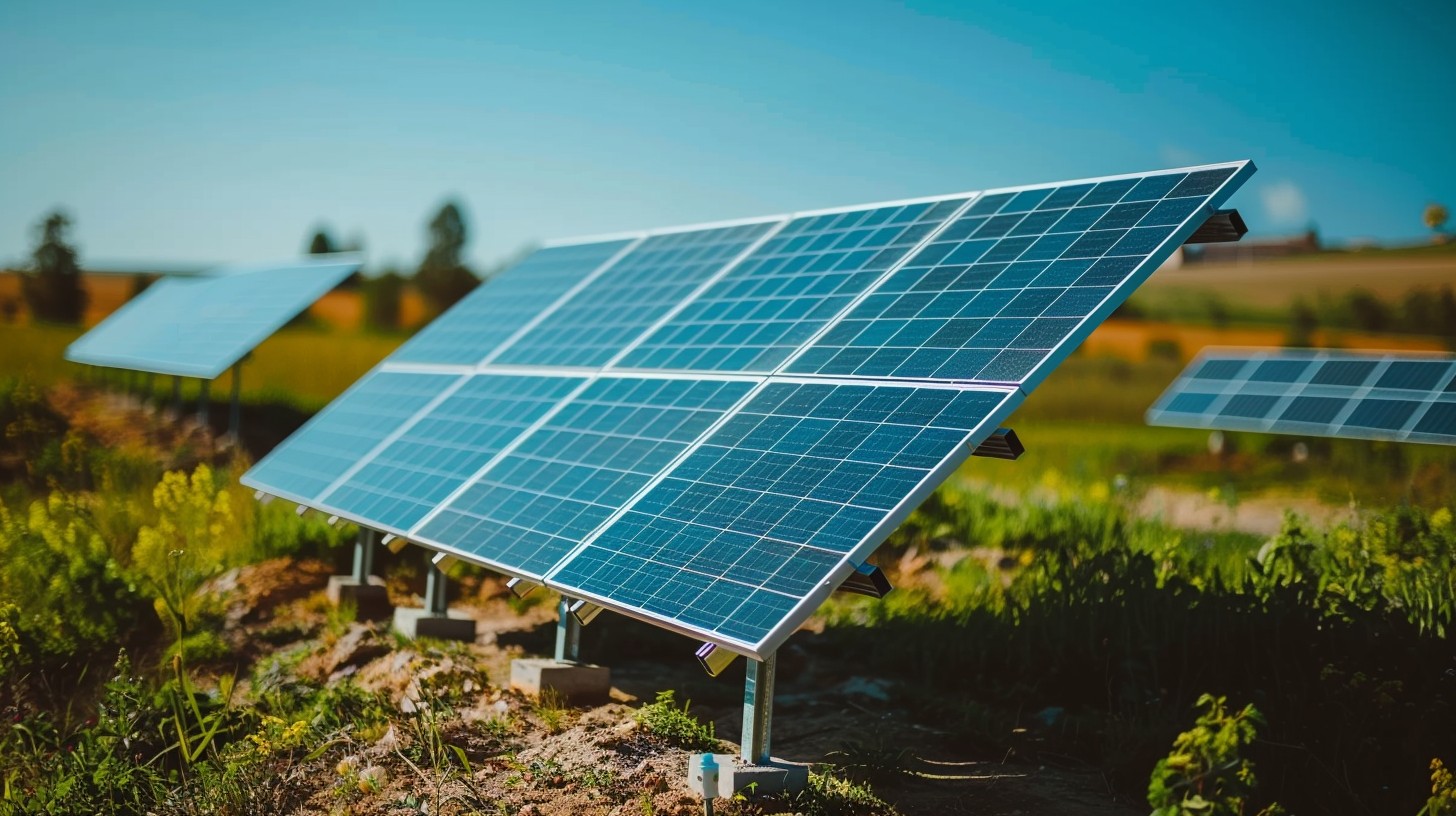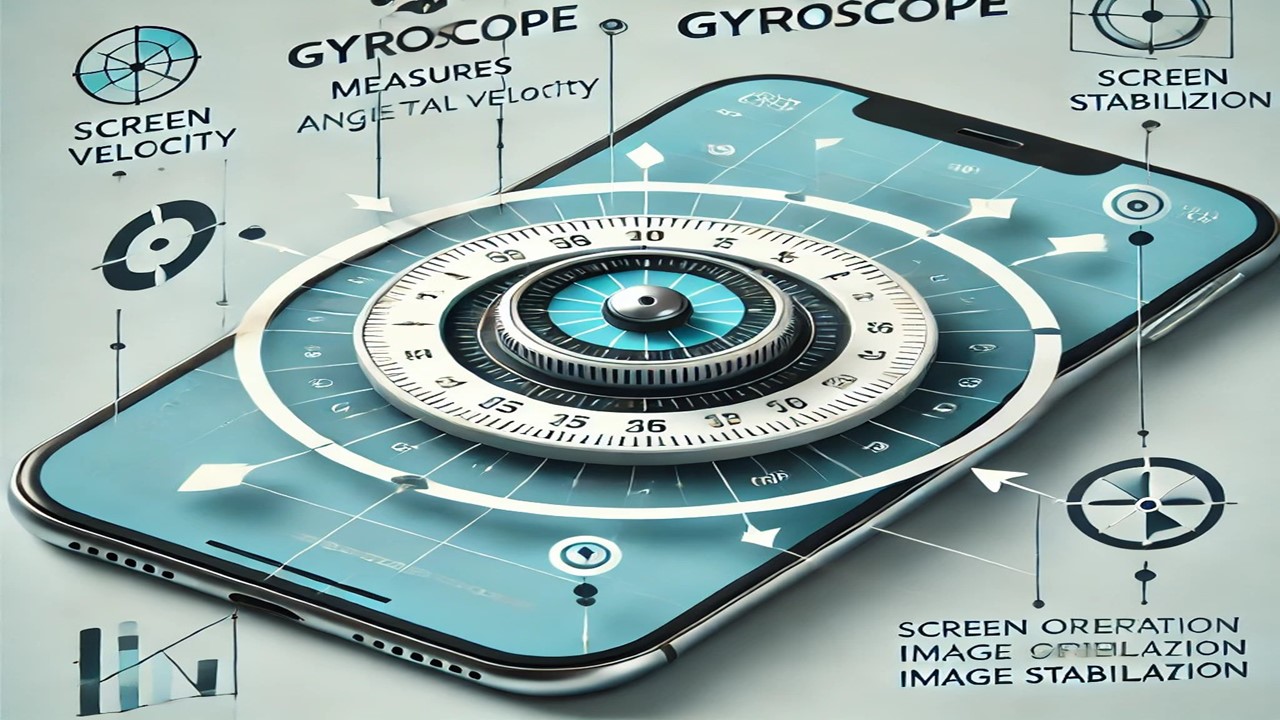
हिंदी में पढ़ने के लिए मेनू बार से हिंदी भाषा चयन करें।
Gold in Your Pocket, Not in the Locker!
In India, gold is not just a metal – it’s tradition, trust, and a symbol of prosperity. But buying physical gold often comes with worries: locker rent, making charges, and the constant fear of theft.
Now imagine if you could invest in gold without these headaches – no locker, no extra charges, no jeweler dependency. That’s exactly what Gold ETFs (Exchange Traded Funds) offer. Think of it as buying gold digitally – stored safely by fund houses – while you hold its value in your Demat account.
What is a Gold ETF?
A Gold ETF is an investment instrument that tracks the price of gold. Instead of holding physical gold, you own units (just like shares) listed on NSE/BSE. These units represent the value of gold stored securely in vaults by the fund house (AMC). Gold ETFs are regulated by SEBI, which makes them transparent and reliable.
How Do Gold ETFs Work?
- Underlying Asset – Every Gold ETF is backed by actual physical gold bullion stored in secure vaults.
- NAV & Price – The Net Asset Value (NAV) of the fund is based on international gold prices plus small fund expenses. ETF unit prices on the exchange usually trade close to this NAV.
- Creation & Redemption Mechanism – Large institutions (authorized participants) create new ETF units by depositing gold with the fund or redeem units by taking back gold. This system keeps ETF prices aligned with real gold prices.
Who Creates Gold ETFs and How Are They Secured?
Gold ETFs are launched and managed by Asset Management Companies (AMCs), just like mutual funds. The physical gold is stored with a custodian (vault/bank) and regularly audited to ensure that each ETF unit is backed by actual gold. SEBI regulations ensure transparency, and the gold maintained is of high purity standards.
Digital Gold vs Gold ETF vs Physical Gold
🔹 Physical Gold
The traditional way of buying gold is through jewelry, coins, or bars. While it gives emotional satisfaction, it comes with storage hassles, making charges, purity checks, and the risk of theft. Liquidity is also limited because selling depends on jewelers, and resale prices often involve deductions.
🔹 Digital Gold
Digital gold is bought via mobile apps and online platforms. The gold is stored by the platform’s vault, and you can sell it digitally or sometimes convert it into physical gold later. It’s easy and convenient but not always SEBI-regulated, so the risk depends on the platform you choose.
🔹 Gold ETF
Gold ETFs are modern, regulated, and highly liquid. You buy and sell them like shares through your Demat account, with prices directly linked to gold’s market value. They are transparent, cost-effective, and backed by physical gold stored in secure vaults.
Benefits of Gold ETFs
- No storage worries – No locker rent, no theft risk.
- Low cost – No making charges, only minimal fund expenses and brokerage.
- High liquidity – Buy or sell instantly on NSE/BSE.
- Transparency – Prices linked to international gold rates, with regular audits.
- Tax advantage – Eligible for capital gains benefits under current tax laws.
- Small investment possible – Start with as little as 1 unit (equivalent to 1 gram in most ETFs).
- Portfolio diversification – Gold balances risks when equity markets are volatile.
Risks and Drawbacks
- Gold price volatility – Your ETF’s value will fluctuate with global gold prices.
- Tracking error – Returns may slightly differ from real gold prices due to fund expenses.
- Liquidity risk – Some ETFs with low trading volumes may have wide bid-ask spreads.
- Extra charges – Brokerage, Demat account fees, and small transaction charges apply.
- Physical delivery limitation – While possible for institutions, retail investors usually sell units on the exchange to get cash, not physical gold.
Costs Involved in Gold ETFs
- Expense Ratio – Usually low (0.30% – 0.80%), depends on the fund.
- Brokerage Charges – Applied when buying/selling units, same as equities.
- Demat Charges – Annual maintenance for Demat account.
- Exchange Charges – GST and settlement charges on transactions.
How to Buy Gold ETFs (Step by Step)
- Open a Demat account and a trading account (if you don’t already have one).
- Choose a Gold ETF – check AUM size, liquidity, expense ratio, and tracking error.
- Place an order through your broker’s platform (Zerodha, Groww, Upstox, etc.).
- Units are credited to your Demat account once the trade is executed.
- Track NAV and market price regularly.
How to Sell Gold ETFs
- Selling is as simple as selling shares – just place a sell order in your trading app.
- Money is credited to your bank account after settlement (T+2 days, generally).
- Physical delivery is technically possible but not practical for retail investors.
Tax Rules for Gold ETFs
Tax rules for Gold ETFs change with government policies, so always check the latest Income Tax notifications or consult your CA before investing.
- Capital Gains – Profits from selling Gold ETFs are taxed as capital gains (short-term or long-term depending on the holding period).
- Recent Changes – New uniform capital gains rules introduced in 2024 may affect taxation on ETFs, so stay updated.
✅ Practical Tips Before Investing in Gold ETFs
- Check expense ratio and fund size (AUM) – larger AUM with low cost is better.
- Look at trading volume – higher liquidity means smoother transactions.
- Compare tracking error – the lower, the better.
- Verify custodian and vault details – where the gold is stored and insured.
- Pick a reputed AMC for reliability.
- Stay updated on tax rules before selling.
- Keep a medium to long-term horizon (1–3 years minimum) for stability.
❓ FAQs
Q1: Can I convert Gold ETF into physical gold?
Yes, technically possible via AMC processes, but it’s usually meant for institutions. Retail investors prefer selling on exchanges.
Q2: Is Gold ETF safe?
Yes, they are SEBI-regulated and backed by real gold, making them safer than unregulated options like digital gold.
Q3: What’s the minimum investment?
Usually, 1 unit – equivalent to 1 gram of gold.
Q4: Is Digital Gold the same as Gold ETF?
No. Digital gold is offered by platforms (not always SEBI-regulated), while ETFs are listed on stock exchanges under strict regulations.
Outcome
Gold ETFs are a smart and modern way to invest in gold without the storage hassles of physical gold or the risks of unregulated platforms. They are transparent, liquid, cost-effective, and suitable for both small and large investors.
If you want gold for weddings or festivals, physical gold makes sense. But if your aim is investment, diversification, and convenience, then Gold ETFs are the golden choice!


































































